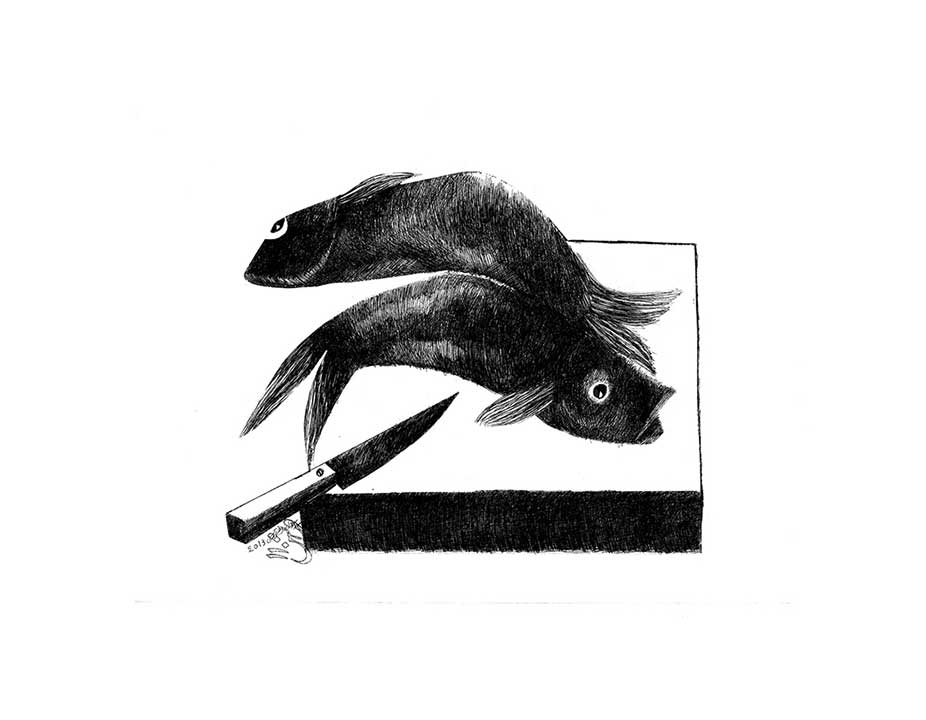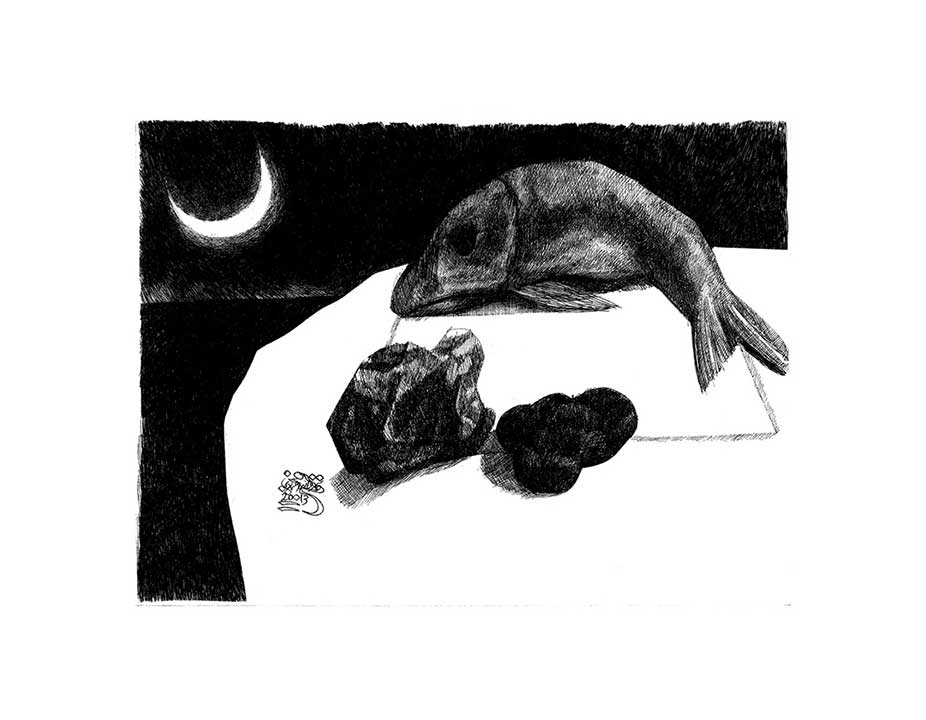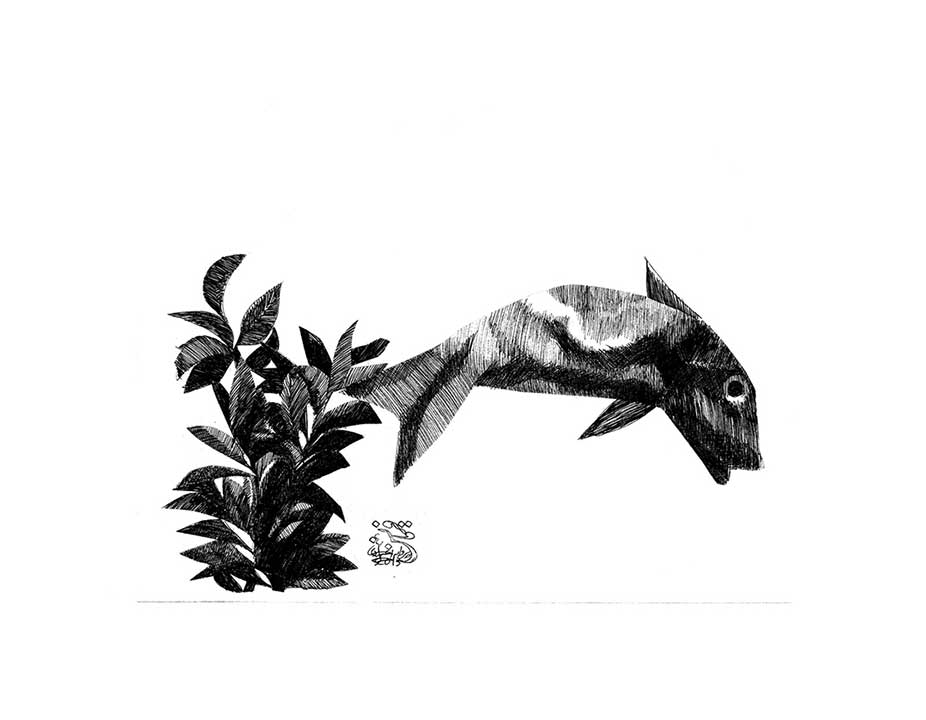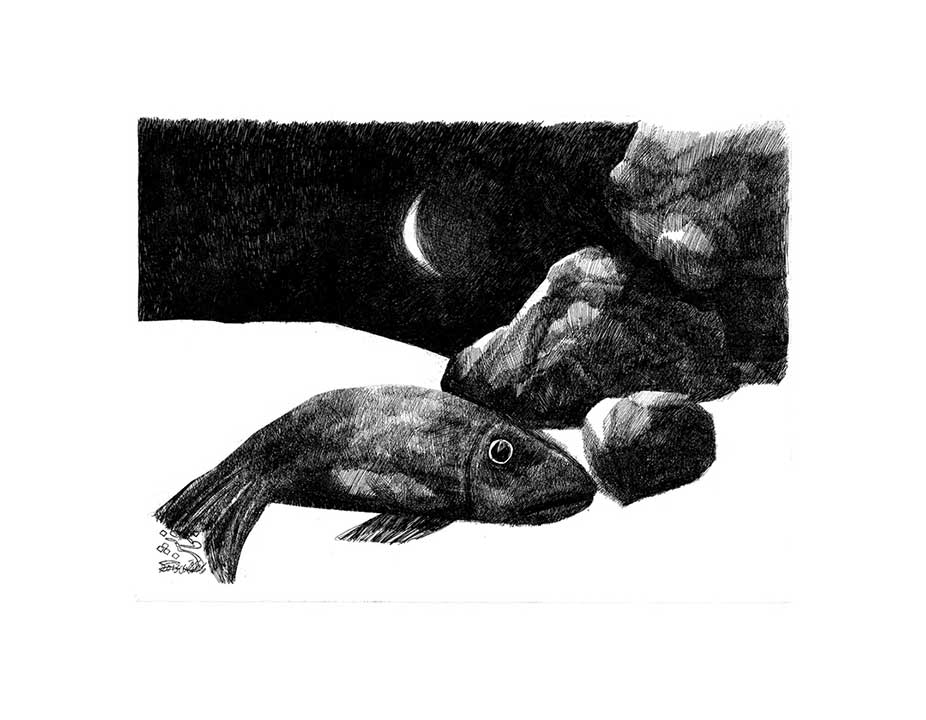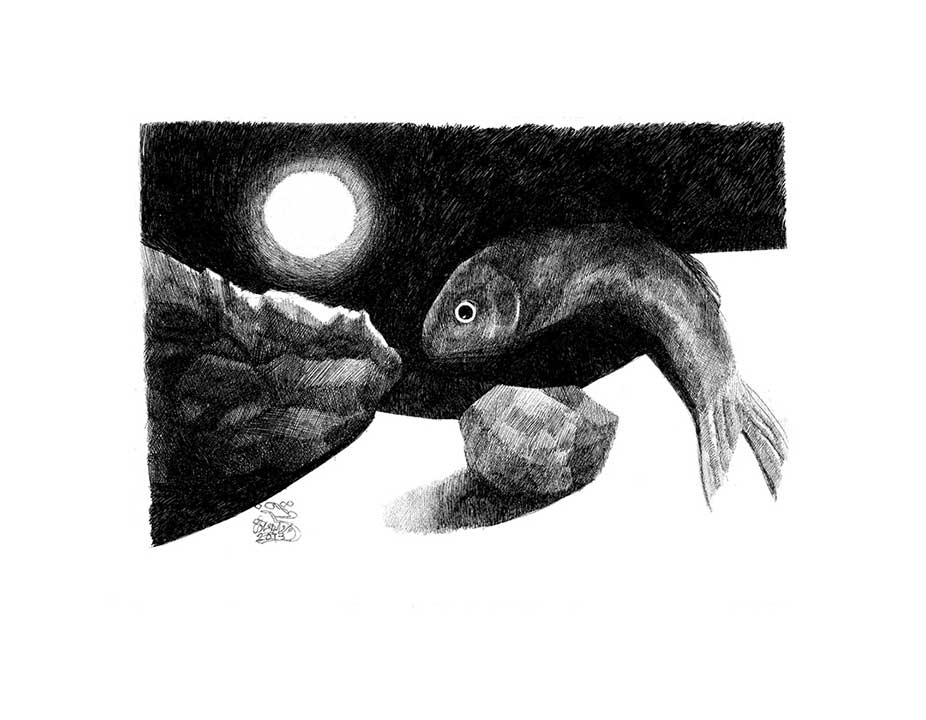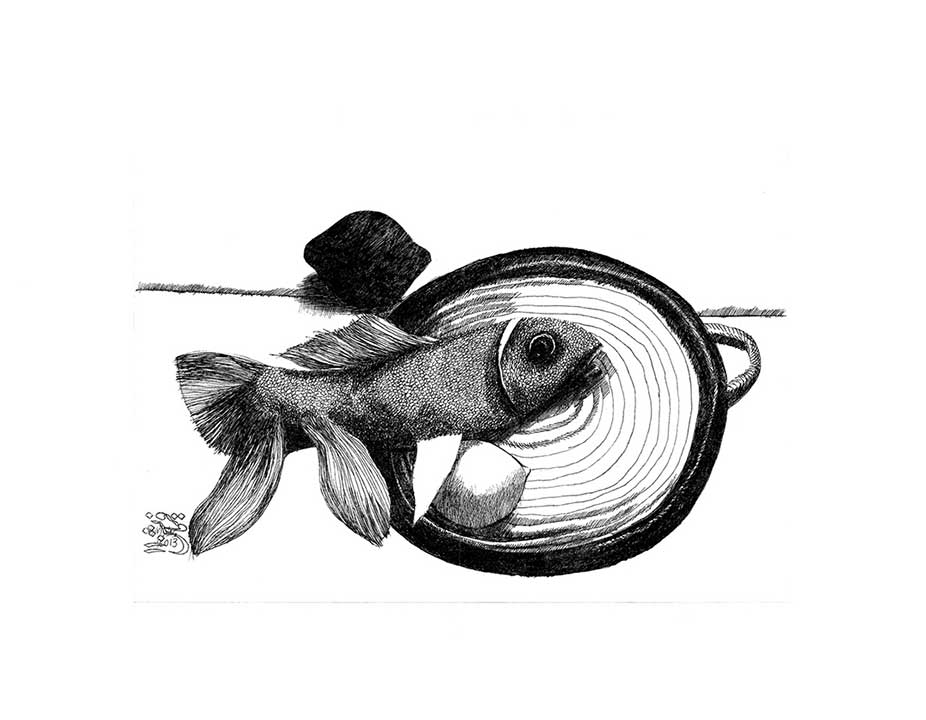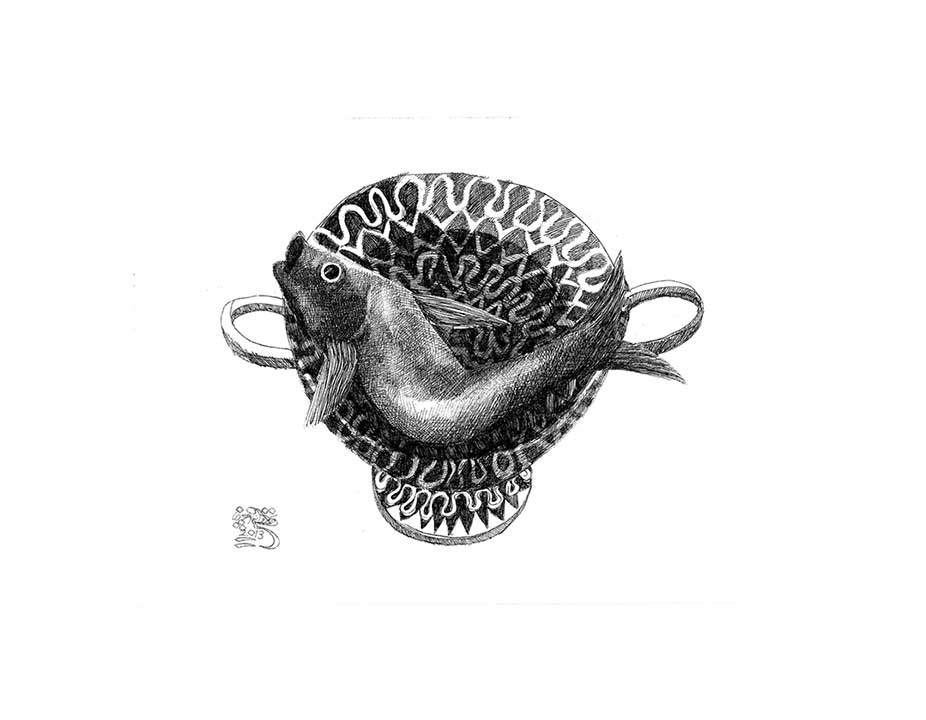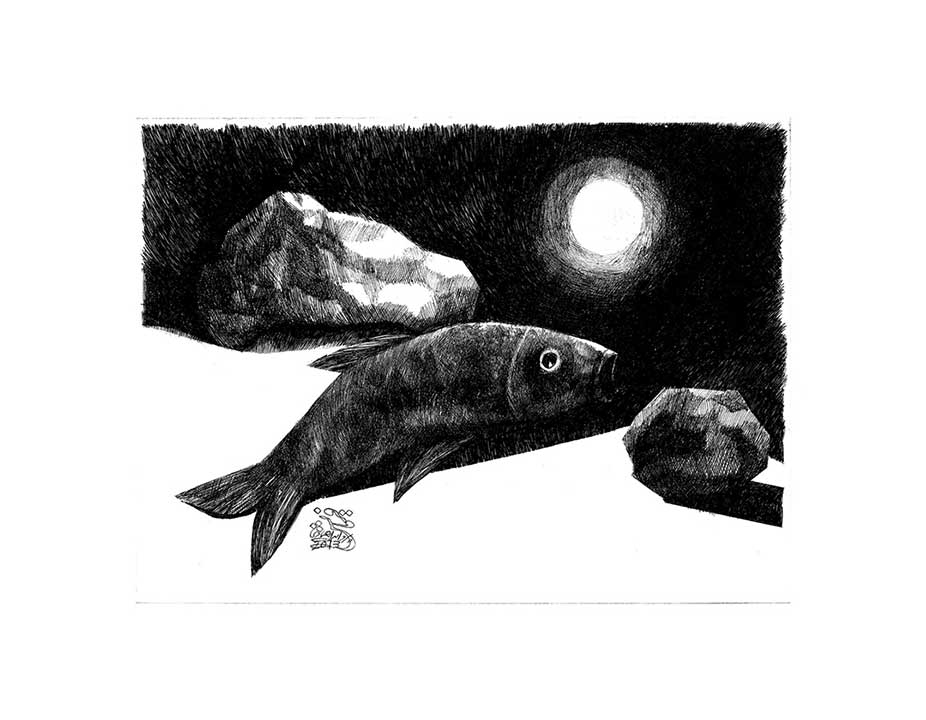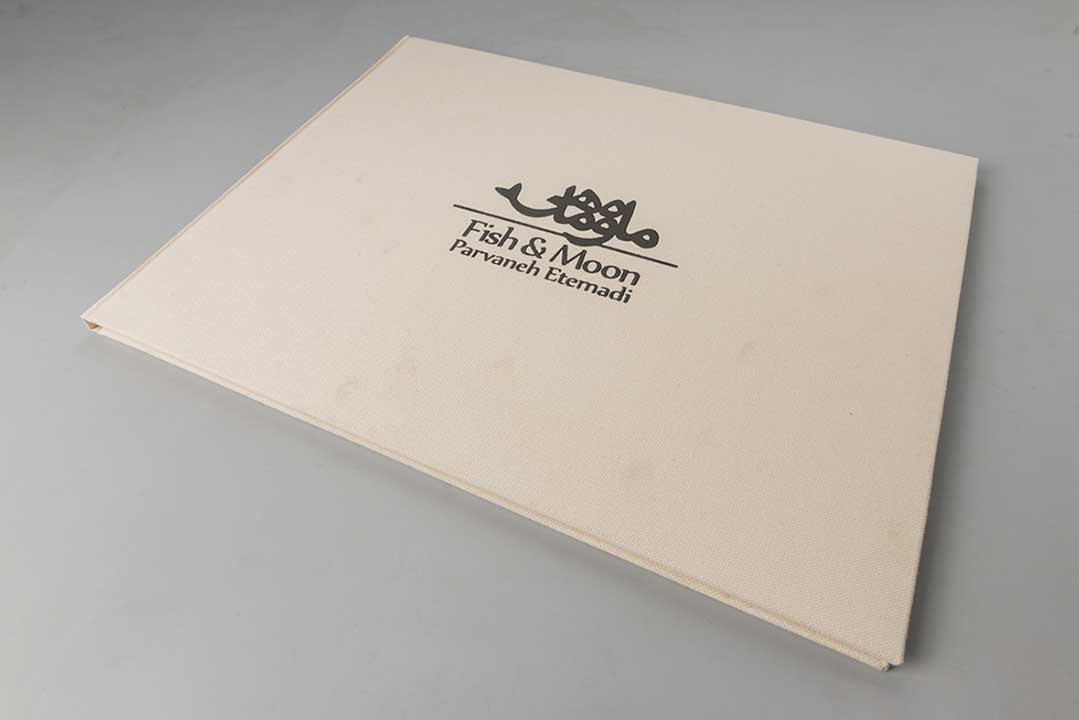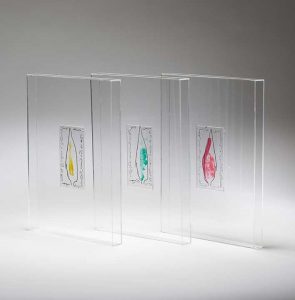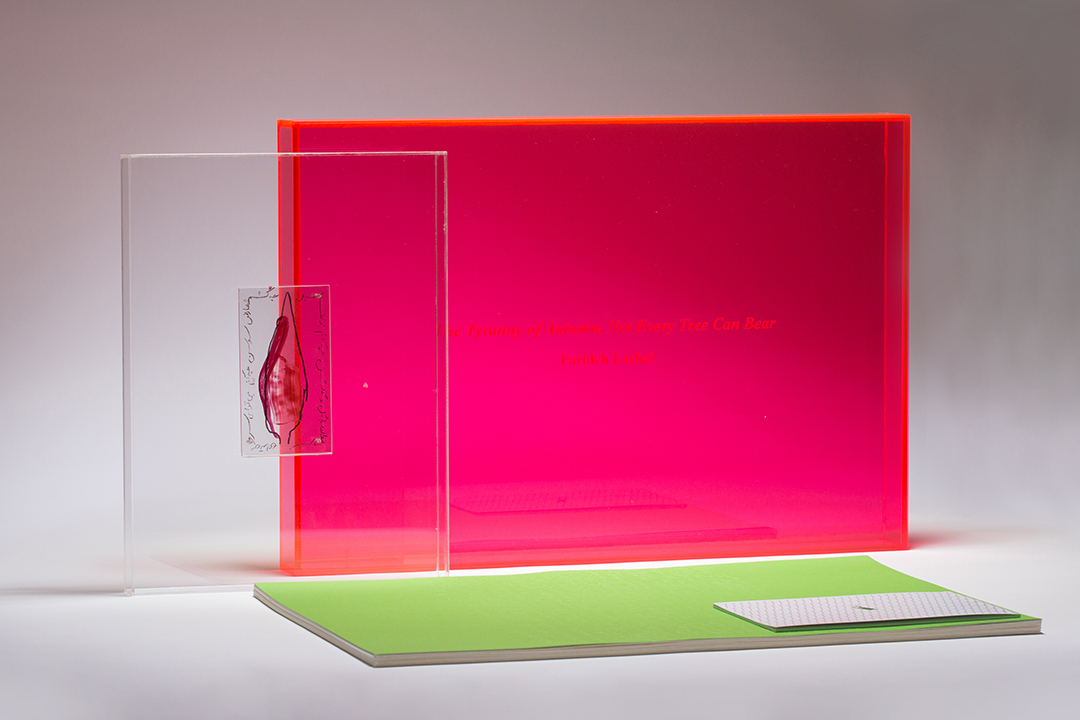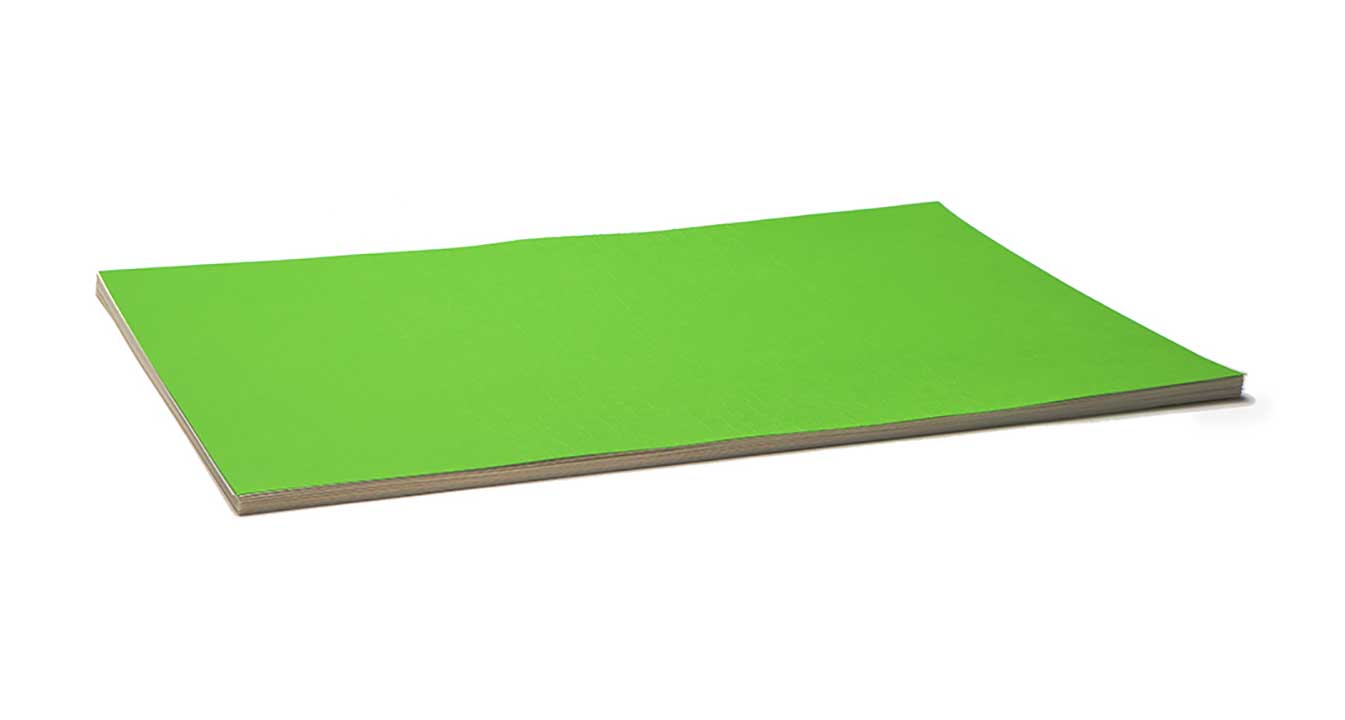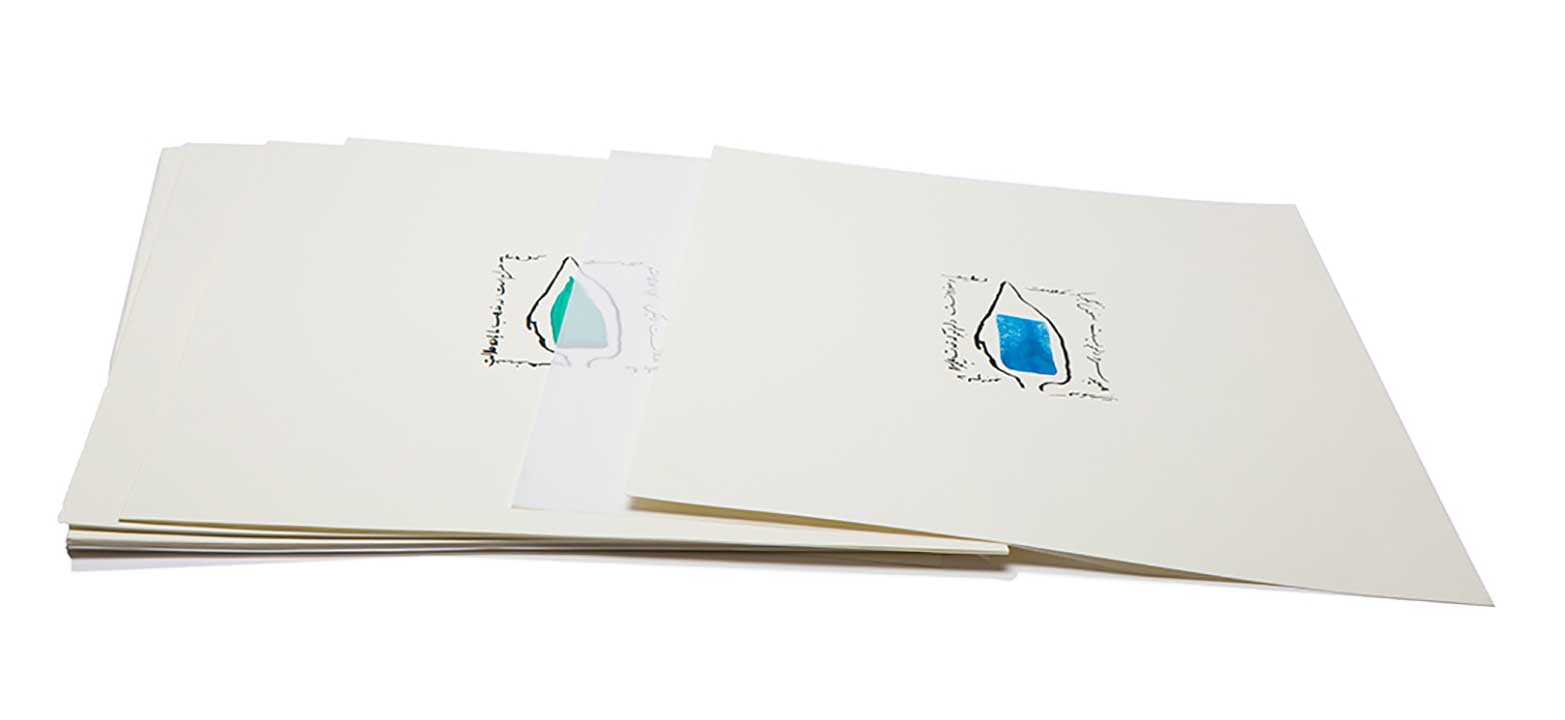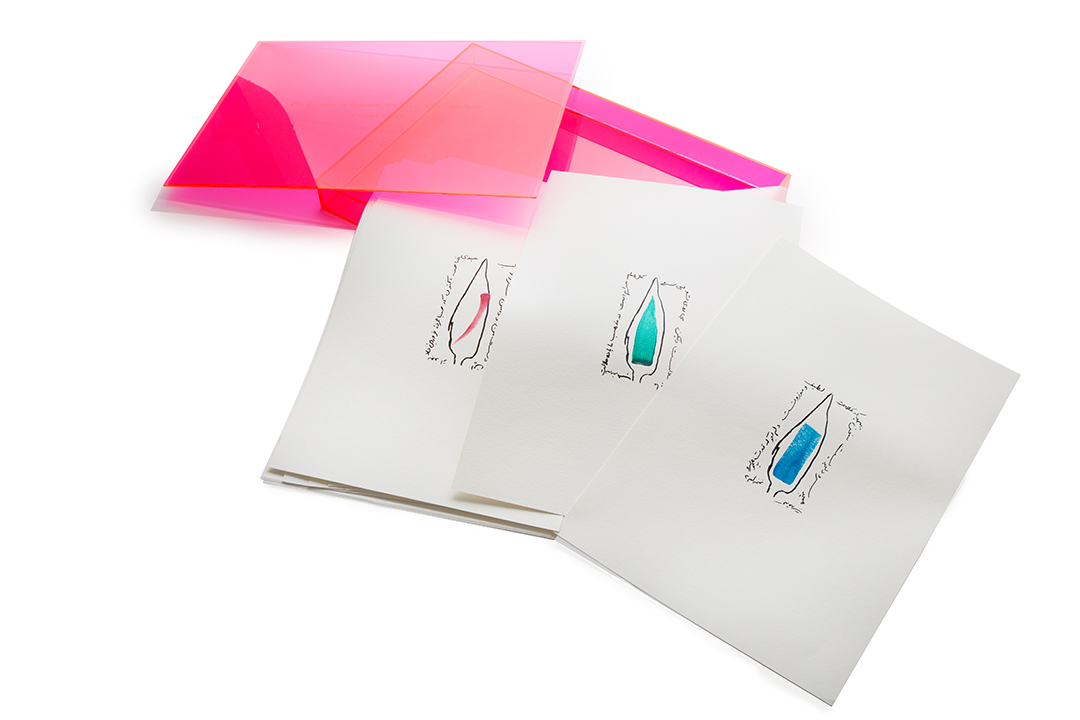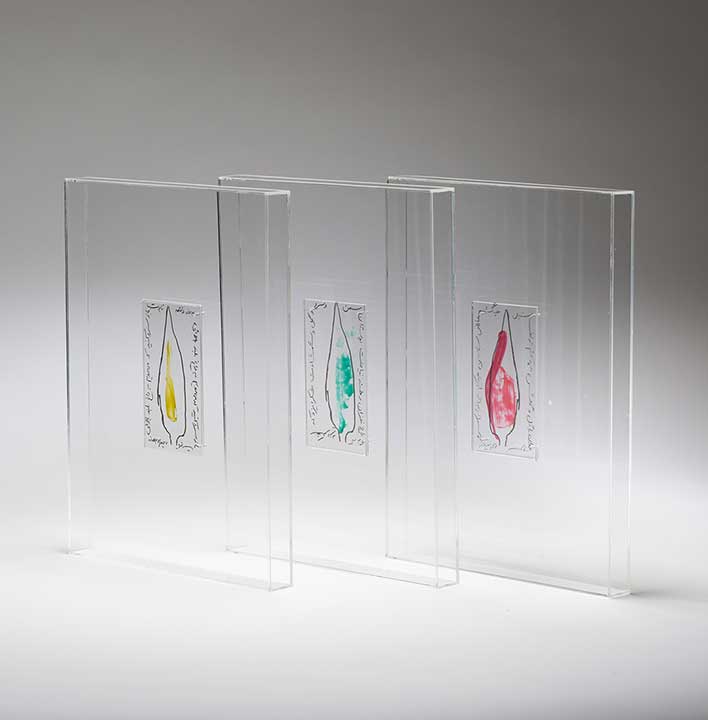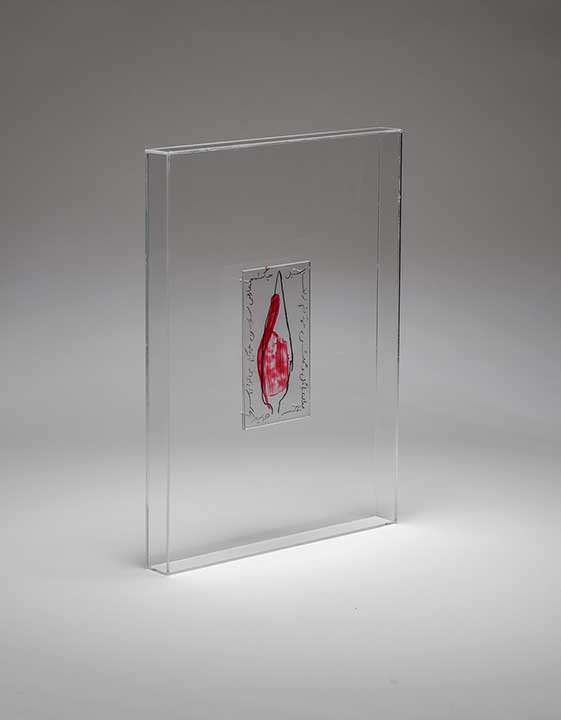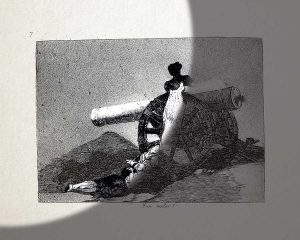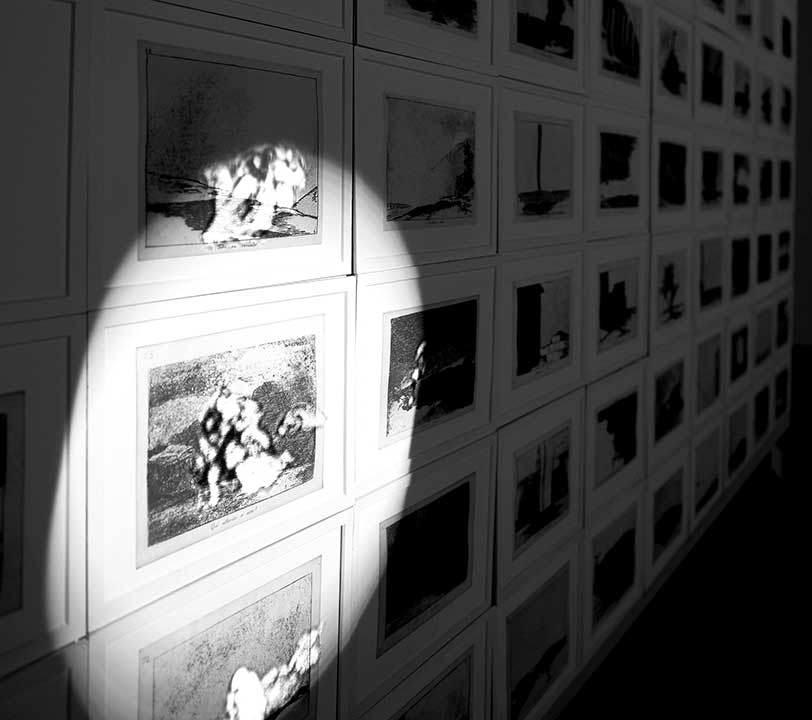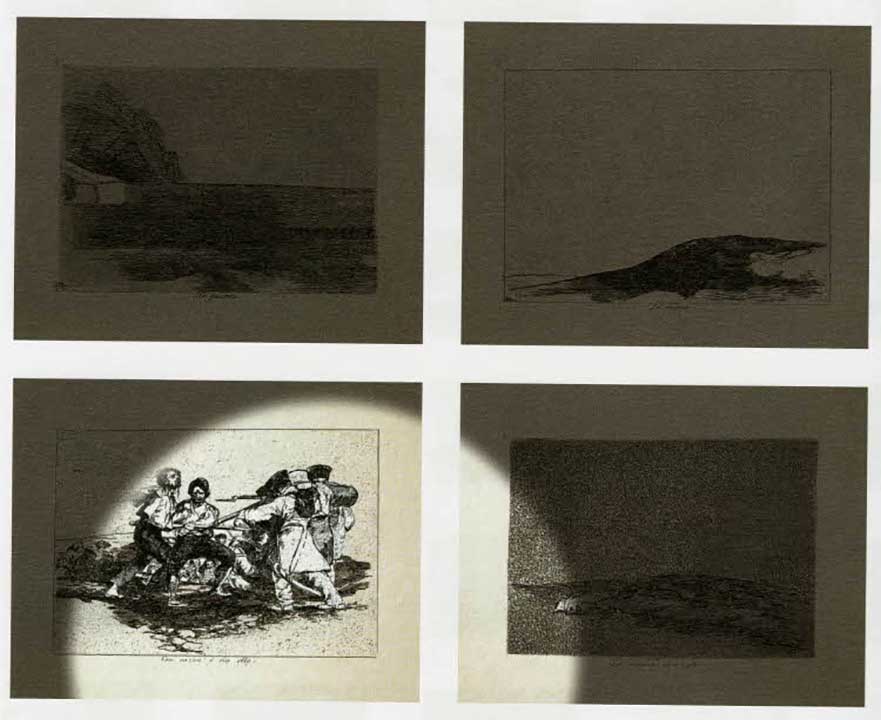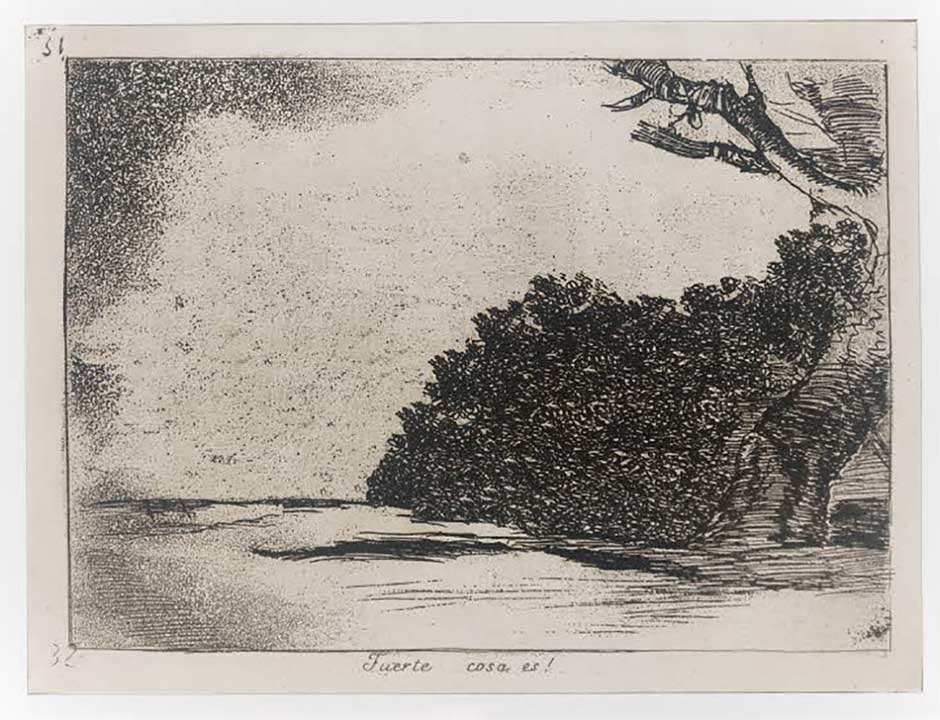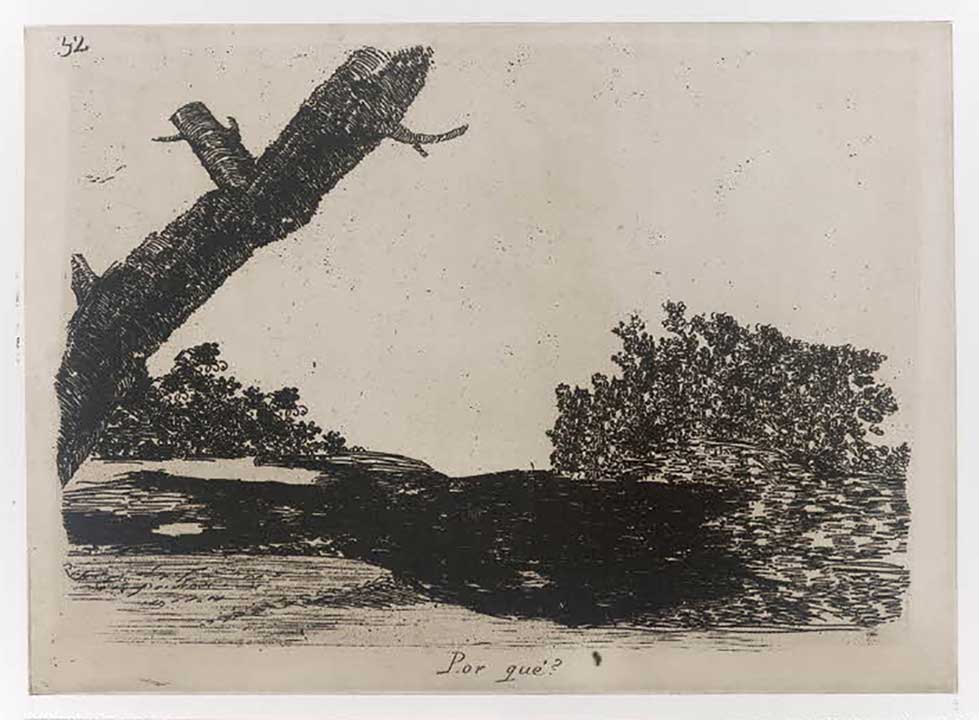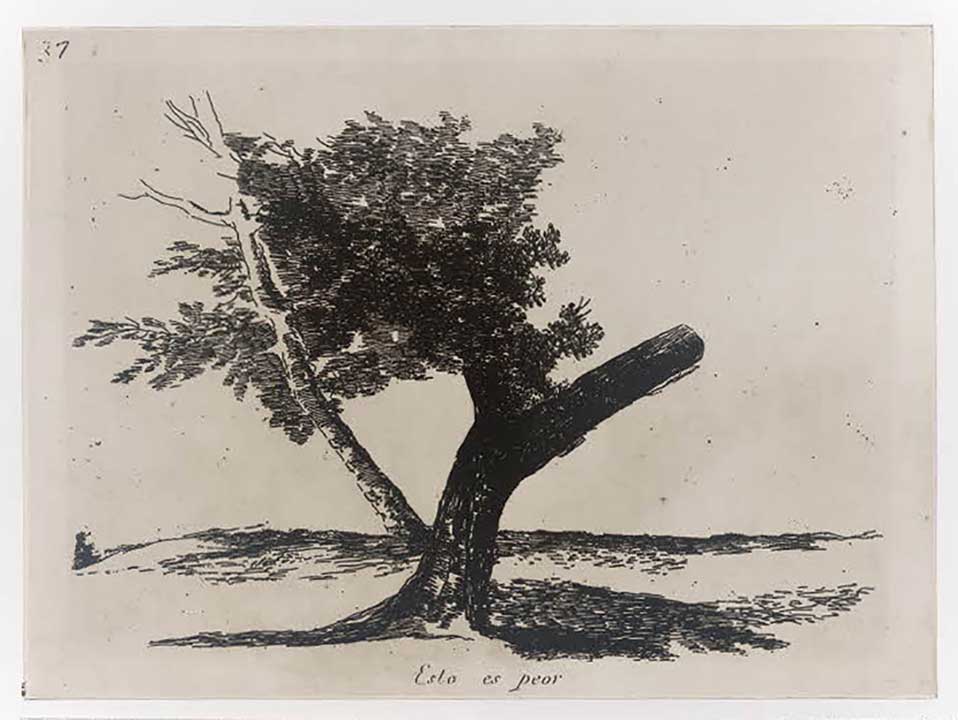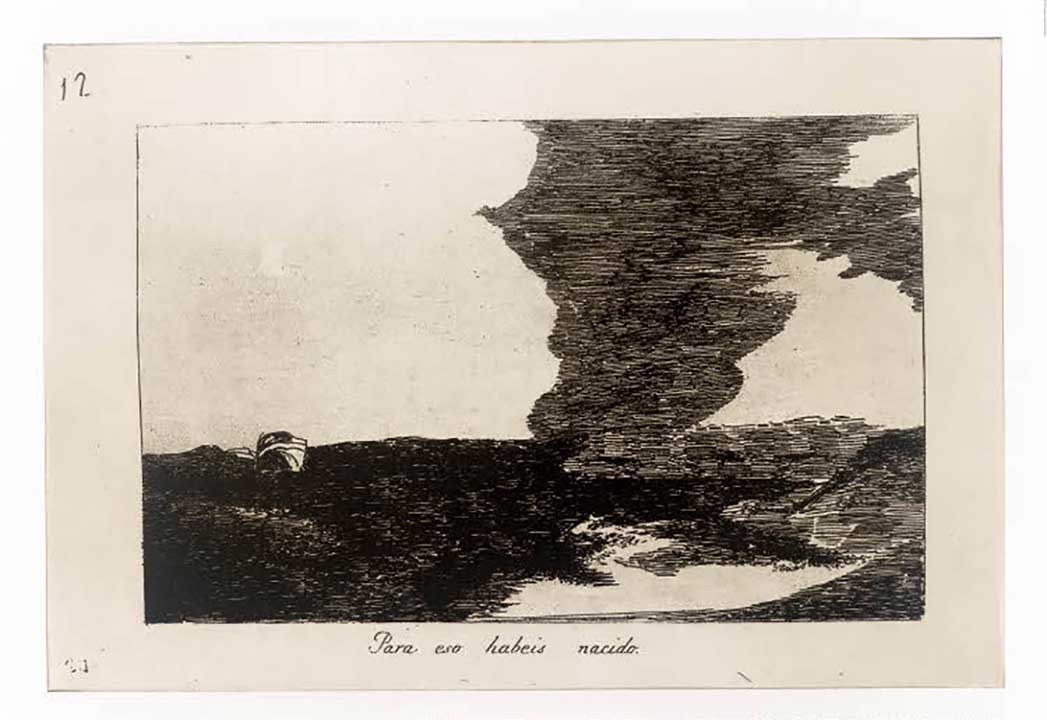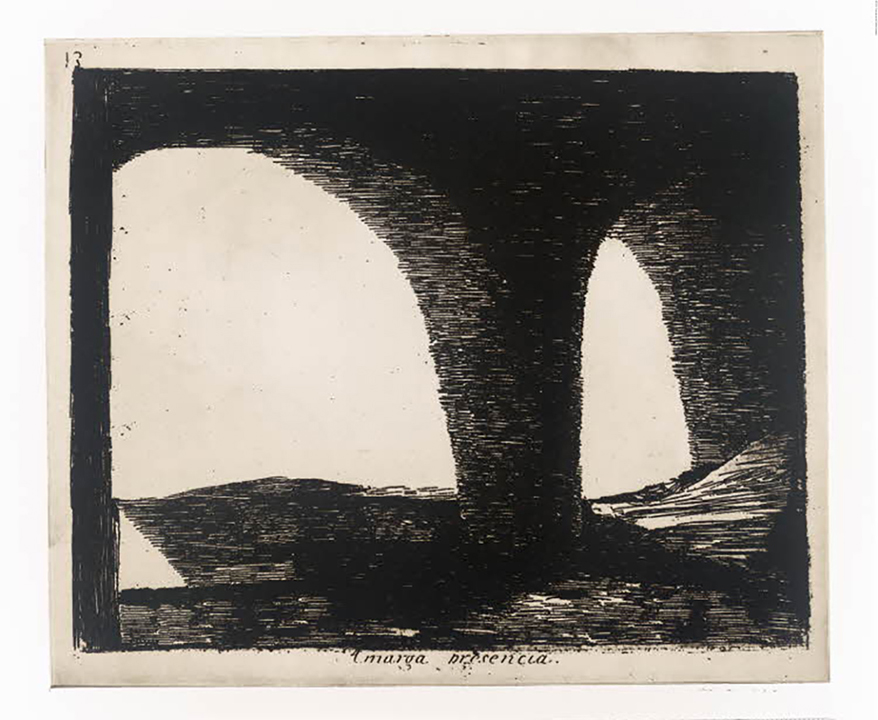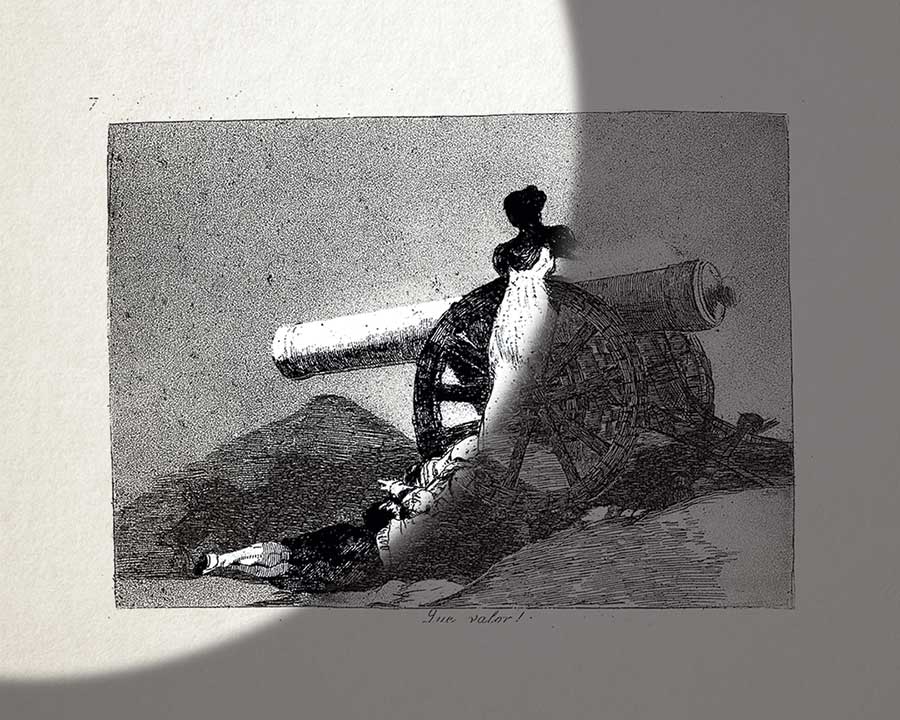(2012 – 2013)
Farideh Lashai in collaboration with KA:V Editions
A set of 80 Photo-intaglio prints + video Projection
First launched at Art Dubai 2013
Shown at: Moscow Biennial 2013, Tehran Museum of Contemporary Art, Sharjah Foundation, Museum of fine arts Ghent (MSK)
Collections: The British Museum, Fondazione Prada
What are the roots that clutch, what branches grow
Out of this stony rubbish? Son of man,
You cannot say, or guess, for you know only
A heap of broken images, where the sun beats,
And the dead tree gives no shelter, the cricket no relief, And the dry stone no sound of water. Only
There is shadow under this red rock,
(Come in under the shadow of this red rock),
And I will show you something different from either
Your shadow at morning striding behind you
Or your shadow at evening rising to meet you;
I will show you fear in a handful of dust.
The Waste Land, 1922
T.S. Eliot
Farideh has always been interested in referencing great master-pieces in art history in her artwork. The two body of work that are currently on exhibition at Edward Tyler Nahem, New York and at Leila Heller Gallery, New York are all referencing other works: “Her landscapes became the background for stop-motion animations inspired by the
iconography of familiar paintings, films, or books (Goya’s The Disasters of War, Chaplin’s The
Great Dictator, Carroll’s Alice’s Adventures in Wonderland). The projections turn her abstract
landscapes into stage sets where human actors are present only as ghostly props. They are
brave and surprisingly specific political metaphors, a completely new visual experiment begun in the fifth decade of her career.” 1
She has always been interested in stages, and the backdrop of an act. Which one is more important? And how does an action, an event, atrocity, war, change a place? How would you feel seeing these series of intaglio prints if you were not familiar with Goya’s work, if the name is omitted, if you did not have The Disasters of War as a reference point? Would these landscapes still carry the weight of war and atrocity that is so embedded in our collective memory? The whole work is about humanity’s collective memory and historical memory and how that will inform our new experiences of the same, of war in new geographical spaces at other times. In the Middle East we have experienced it first hand very recently.
She had been fascinated with Goya’s work from her youth and Goya’s work has been a point of departure for many contemporary artists. The Disasters of War is a body of work that is instrumental in the formation of an artists understanding of Modernity in art.
Media Farzin


